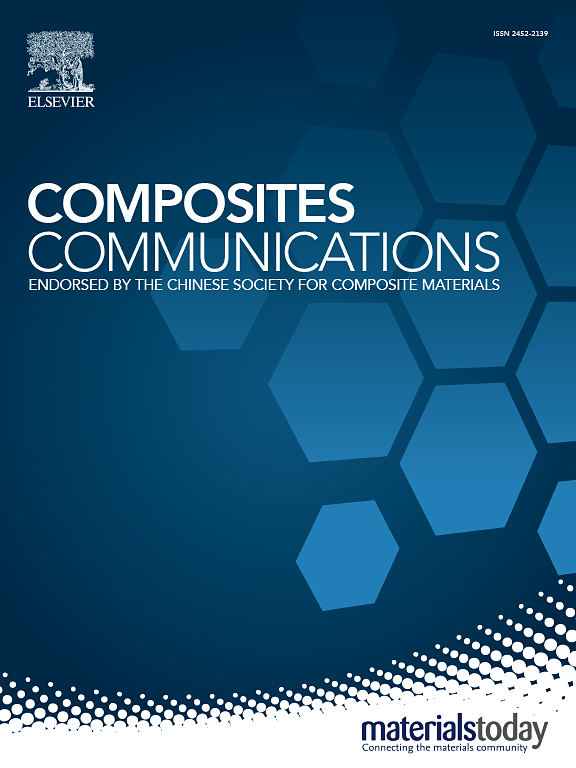在预浸料自动纤维铺放 (AFP) 沉积过程中更好地控制工具的必要性
IF 7.7
2区 材料科学
Q1 MATERIALS SCIENCE, COMPOSITES
引用次数: 0
摘要
要在自动纤维铺放(AFP)中实现准确、无缺陷和可靠的预浸料铺放,层与工具之间的高效粘性至关重要。然而,目前业界在选择 AFP 工具材料时几乎从未考虑到这一点。本论文从科学角度证明,在选择 AFP 工具材料时应更仔细地考虑粘性问题。采用改进的探针测试方法,对预浸料(特别是 Hexcel IM7-8552)和各种工具表面之间的粘性进行了表征。研究了粗糙度和材料类型对粘性的影响及其对 AFP 沉积的进一步影响。研究结果表明,不同的材料具有不同的牵引分离行为,金属材料的牵引分离值高于复合材料。经过脱模剂处理的样品粘性最低,因此不适合直接用于 AFP。研究得出结论,通过更好地考虑粘性,工程师可以定制模具材料,以提高沉积过程的质量和可靠性。本文章由计算机程序翻译,如有差异,请以英文原文为准。

On the need to better control tooling in prepreg Automated Fibre Placement (AFP) deposition
Efficient tack between ply and tooling is crucial for achieving accurate, defect-free and reliable placement of prepreg in Automated Fibre Placement (AFP). However, current industry practices for choosing AFP tooling's material almost never account for this. The present contribution makes the scientific case for a more careful accounting of tack in the choice of AFP tooling material. Employing a modified probe test method, tack between prepreg, specifically Hexcel IM7-8552, and various tool surfaces was characterised. The effect of the roughness and material types on tack and its further influence on AFP deposition was investigated. The study shows that different materials have varying traction-separation behaviour, with metals showing higher values than composite materials. Release agent-treated samples exhibited the lowest tack, making them unsuitable for directly used in AFP. It is concluded that, by better considering tack, engineers can tailor their tooling material to enhance the quality and reliability of the deposition process.
求助全文
通过发布文献求助,成功后即可免费获取论文全文。
去求助
来源期刊

Composites Communications
Materials Science-Ceramics and Composites
CiteScore
12.10
自引率
10.00%
发文量
340
审稿时长
36 days
期刊介绍:
Composites Communications (Compos. Commun.) is a peer-reviewed journal publishing short communications and letters on the latest advances in composites science and technology. With a rapid review and publication process, its goal is to disseminate new knowledge promptly within the composites community. The journal welcomes manuscripts presenting creative concepts and new findings in design, state-of-the-art approaches in processing, synthesis, characterization, and mechanics modeling. In addition to traditional fiber-/particulate-reinforced engineering composites, it encourages submissions on composites with exceptional physical, mechanical, and fracture properties, as well as those with unique functions and significant application potential. This includes biomimetic and bio-inspired composites for biomedical applications, functional nano-composites for thermal management and energy applications, and composites designed for extreme service environments.
 求助内容:
求助内容: 应助结果提醒方式:
应助结果提醒方式:


